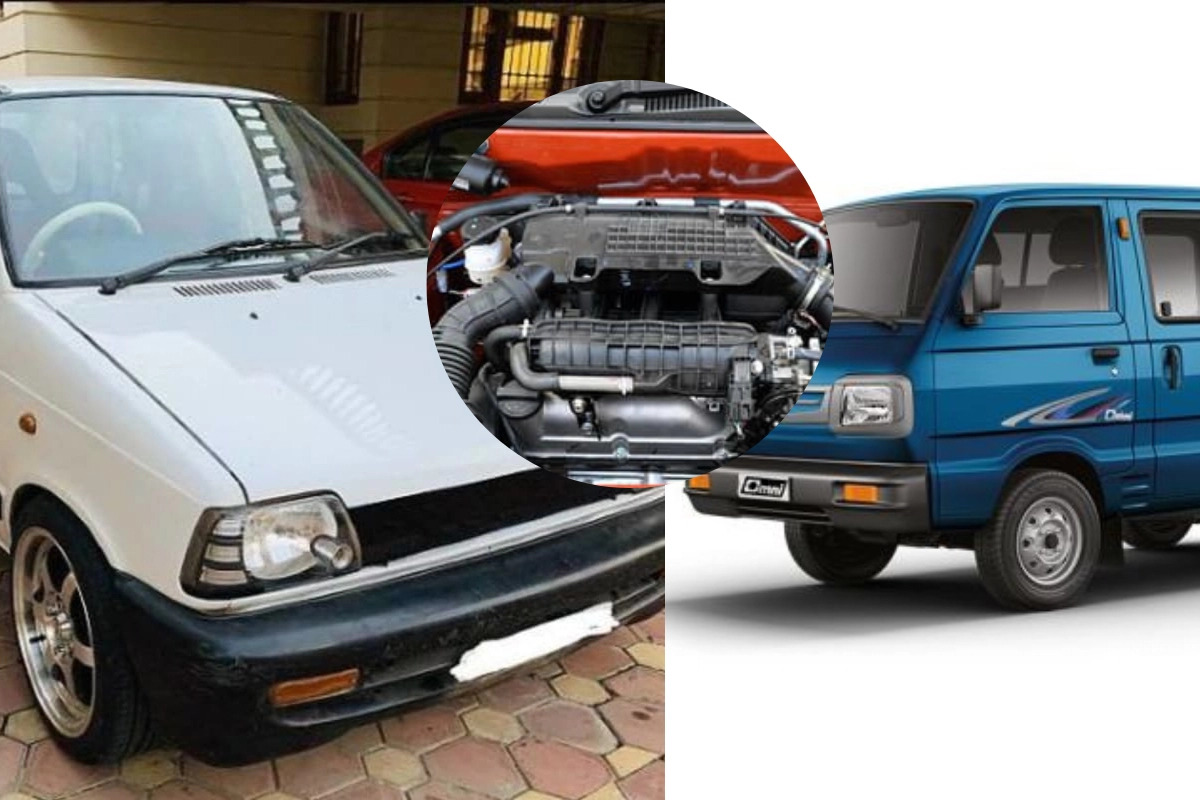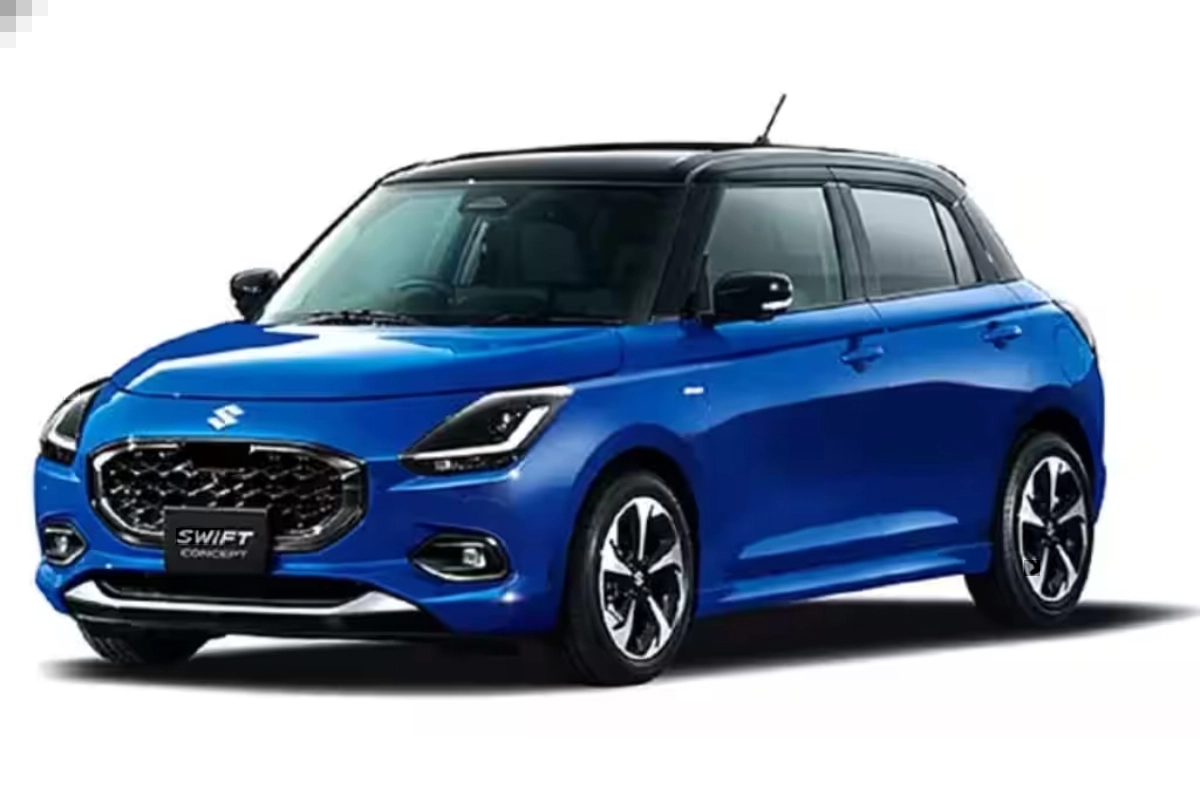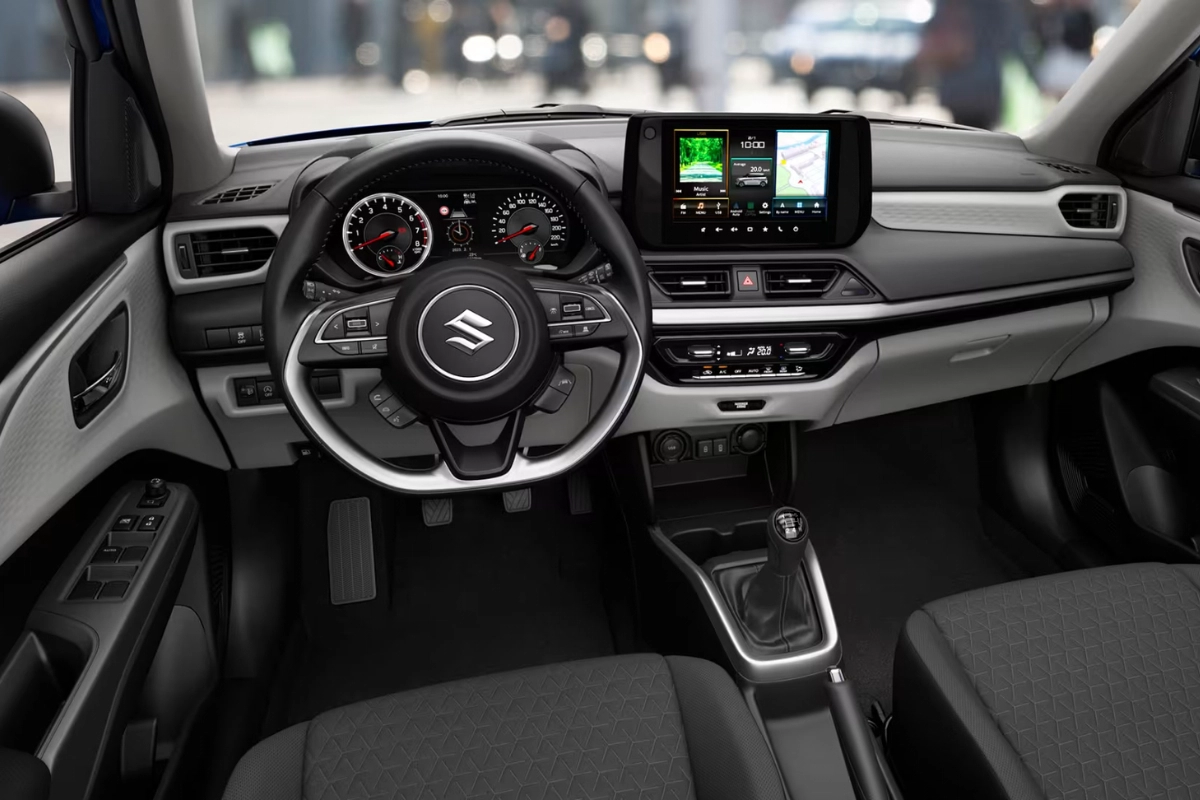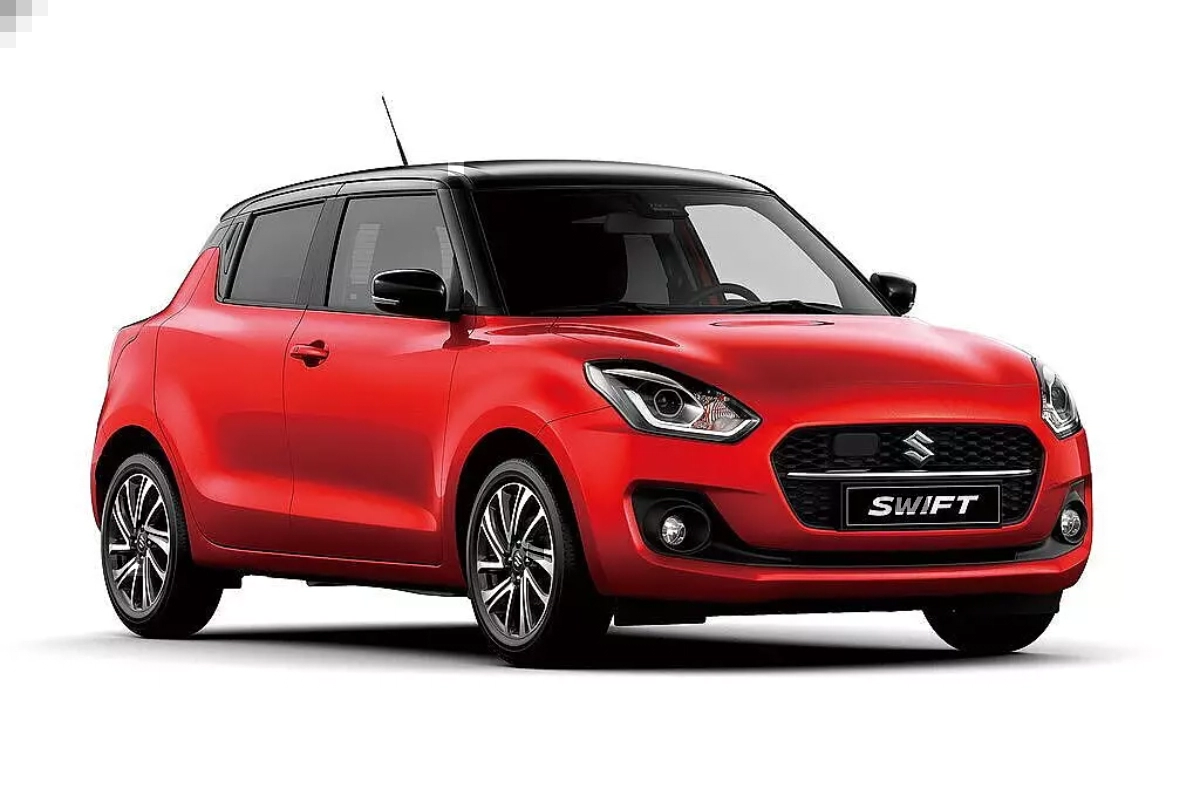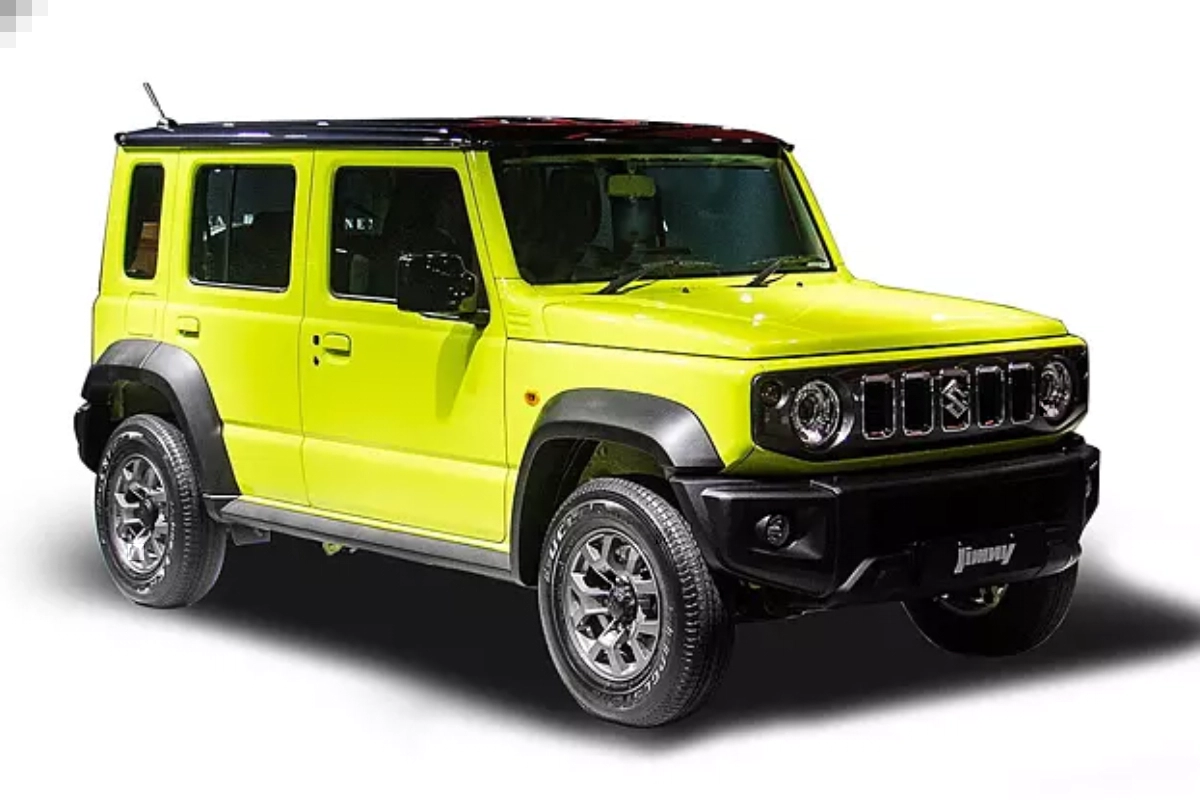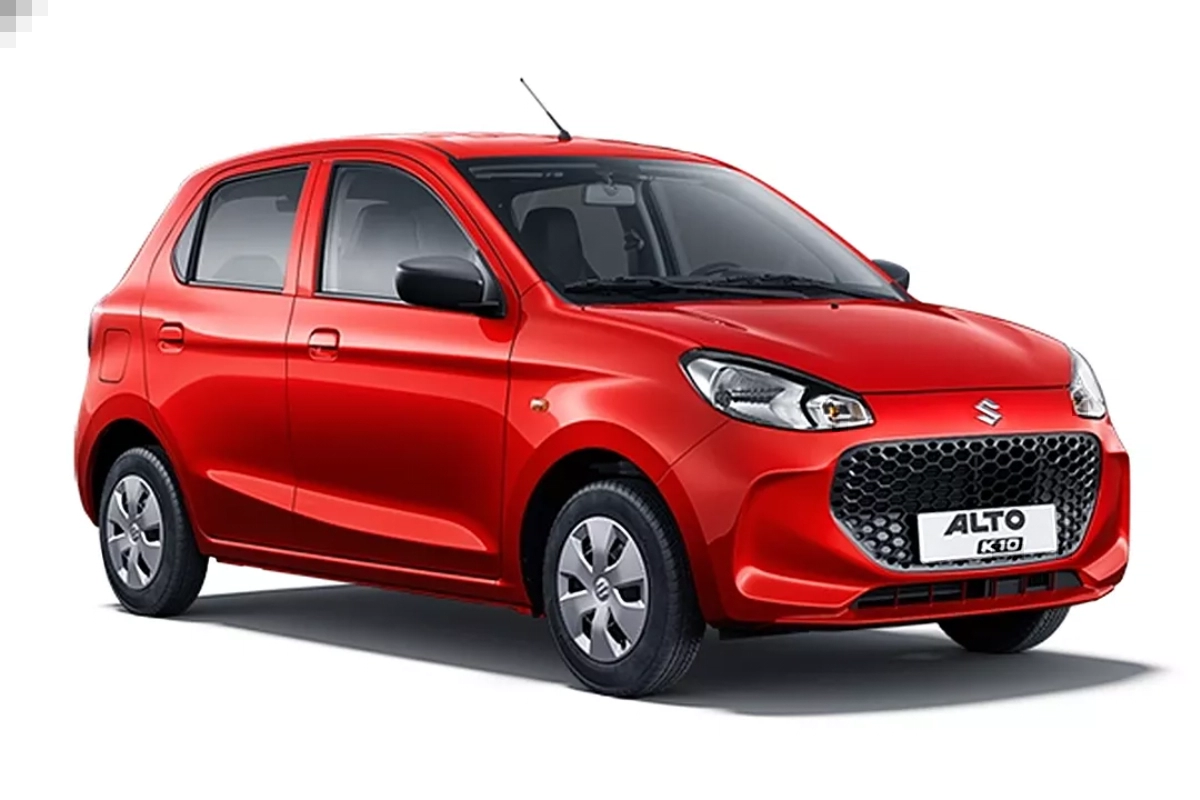Maruti Suzuki 800: According to sources, the iconic Maruti Suzuki 800cc engine would be discontinued by the end of this fiscal year (March 2023). This four-decade-old engine will finally reach its end due to impending emission regulations and low demand. It was first installed inside the first Maruti 800, or Suzuki Fronte SS80, which launched the brand in 1983 and is still present in the current generation Alto.
Future norms could kill several engines
Recently a news broke that that the three-cylinder, 796cc gasoline engine (codename: F8D) wouldn’t go through FY2023, but in reality, the end was already in sight. It was unexpected to see the outdated Alto 800 continue to be sold alongside the all-new Maruti Alto after the latter’s release, as well as its switch to the Heartect platform and new-generation “K10C” 1.0-liter petrol engine. Why wouldn’t Maruti Suzuki use the F8D in the new vehicle instead of continuing to sell an outdated model? We now understand that this is due to the engine’s limited lifespan and the fact that it would be unnecessary to reengineer it for a brand-new vehicle. As a result, the outdated design will endure for as long as it can before being completely abandoned.
There are two reasons for this. The first is that the outdated engine would need to be upgraded in order to comply with the upcoming RDE (Real Driving Emissions) norms, which are scheduled to take effect in 2023. RDE will be the next challenge for all automakers after BS6 phase one and CAFE II emission standards, which are already in place. It is anticipated that RDE will mean the end for a number of engines besides the F8D, especially smaller-capacity diesels in compact cars.
The declining demand is the reason it won’t be improved. There is only one model that uses this engine, and fewer people are purchasing it. The Alto, which was formerly the most popular car in India, is now frequently surpassed by its more expensive siblings, the Swift, Dzire, and Wagon R. Although it is still the most affordable new car you can purchase in India, the Alto 800 is no longer the alluring budget option it once was, and many people would much prefer choose a more luxurious choice for a small price increase. The new Alto K10 will be Maruti’s entry-level model in its place of the F8D engine.
Maruti’s first engine to retire at 40
The F8 engine may have arrived in India in 1983, but it was really developed in Japan in the 1970s. The F8B, which was the vehicle’s first name in India, was modified to the new F8D specification in 2000, increasing its output to 48 horsepower and 69 torque. Importantly, though, it was also improved with fuel injection and four valves per cylinder, which ensured that it not only complied with the BS2 emission standards of the time but was also future-proofed up until the advent of BS6 in 2020. If you’re wondering what happened to the F8C, it was a distinct specification that was employed by Daewoo in the Matiz rather than by any Maruti vehicle.
With the exception of the Tata Nano’s brief debut and exit, the F8 engine, which propelled the Maruti 800, Maruti Omni, and Maruti Alto, has served as India’s iconic entry-level automobile engine for the past 40 years. The best fuel efficiency rating was an ARAI-rated 24.5kpl in the contemporary Alto 800, but even with modest outputs, it felt lively in the featherweight cars it powered. It was initially offered in F8B form with a four-speed manual transmission, and then in F8D form with a five-speed manual. Even a three-speed automatic was temporarily offered with it.
Automobile manufacturers are reducing the number of engines they offer as a result of the frequent and stricter enforcement of pollution rules. Upgrading each engine separately is costly and impractical in low volume markets.
Keep watching our YouTube Channel ‘DNP INDIA’. Also, please subscribe and follow us on FACEBOOK, INSTAGRAM, and TWITTER.


